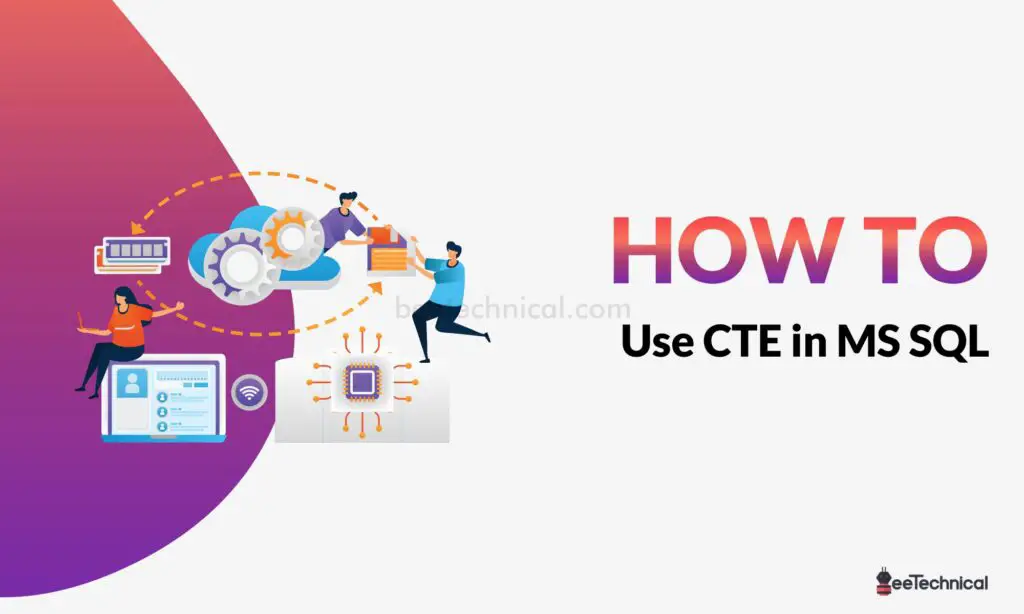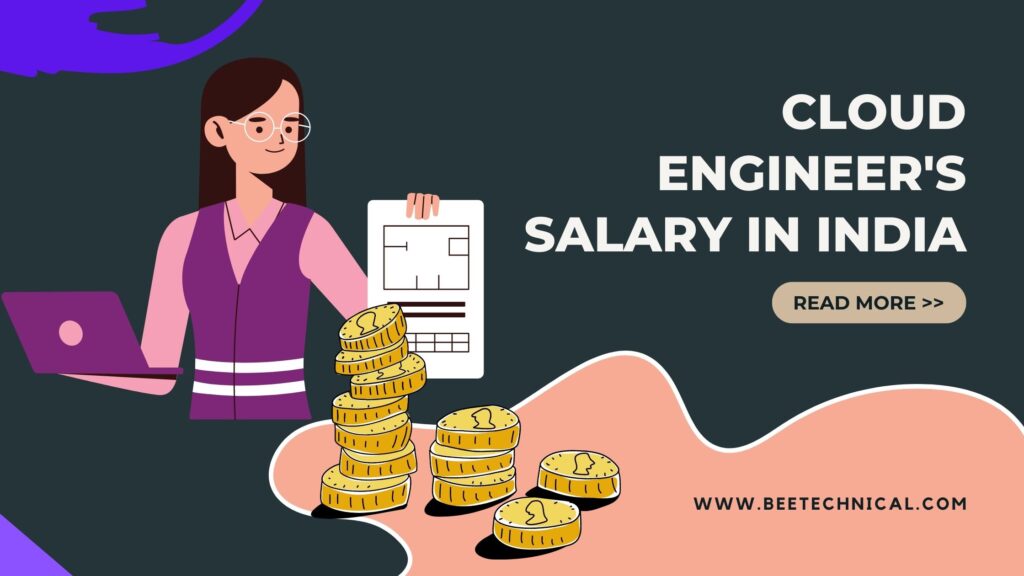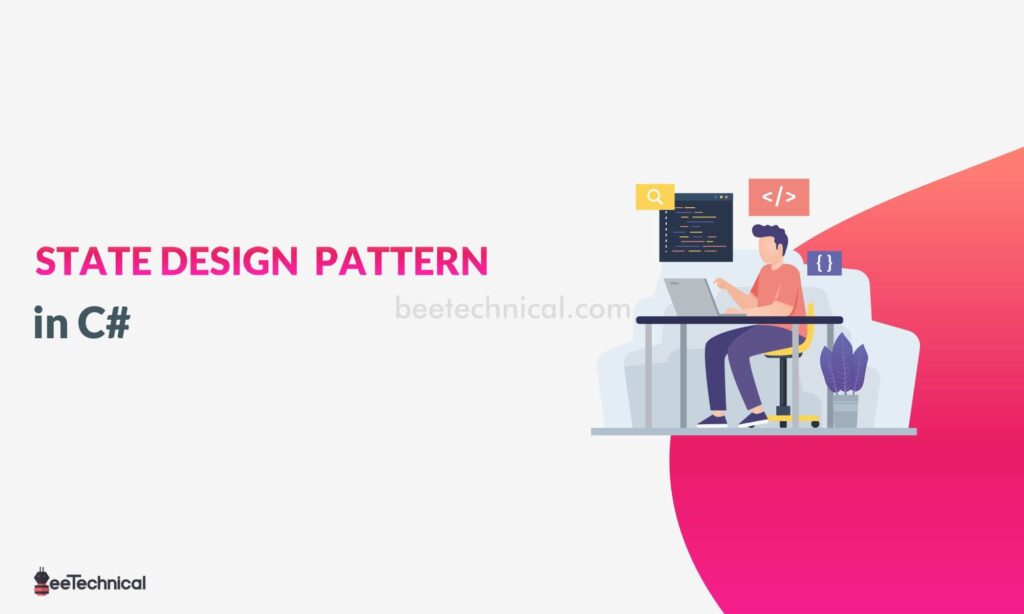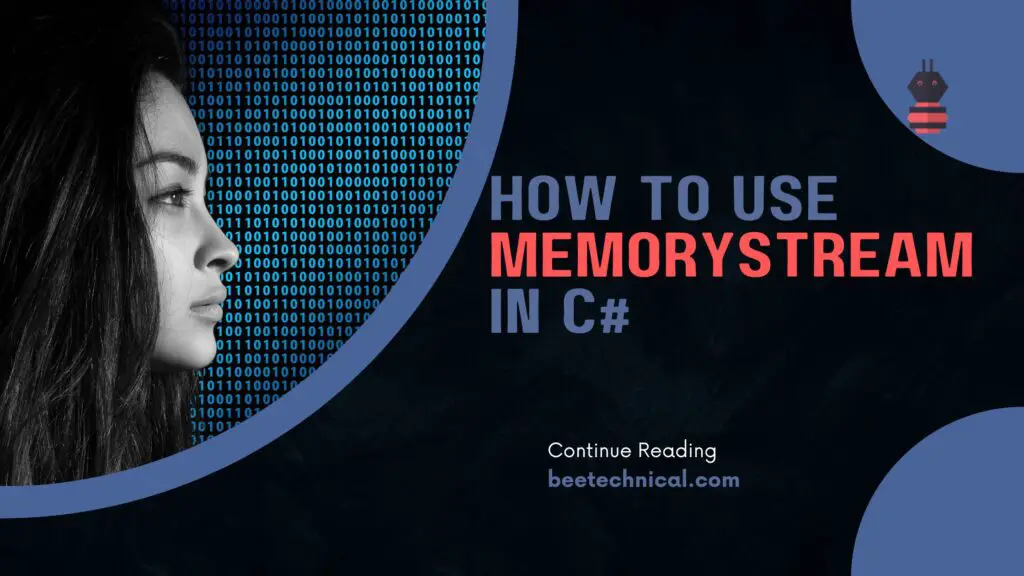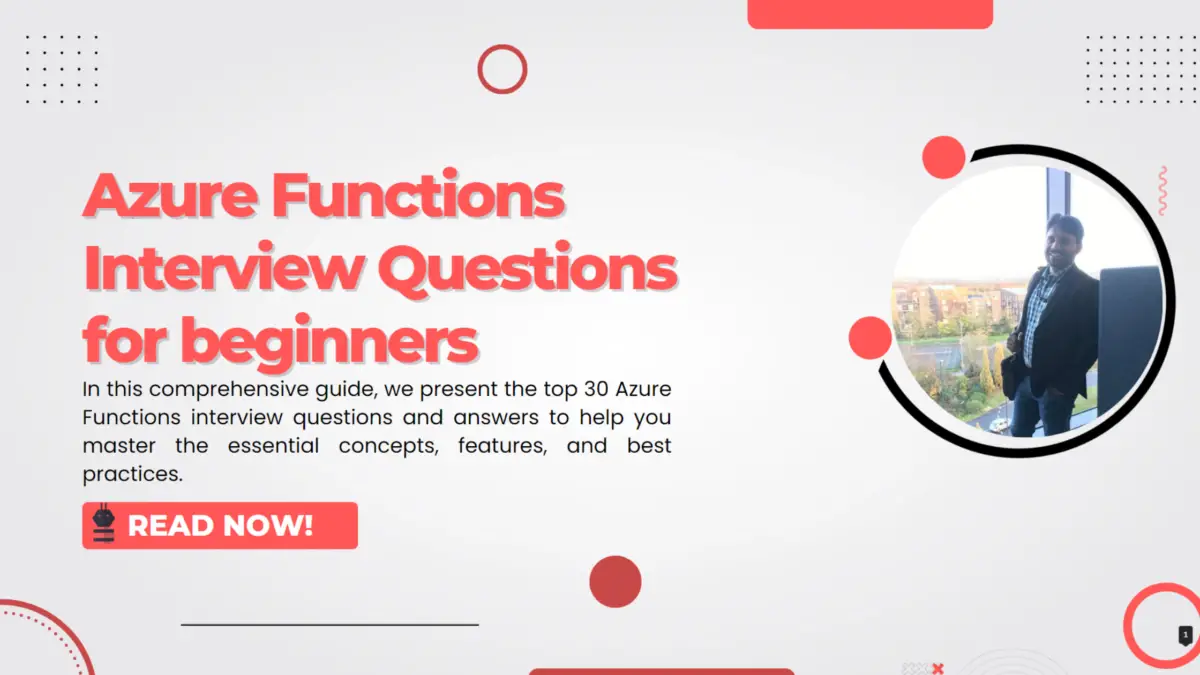Being an Angular Developer is your dream job and you are all set to face an interview for it? Well, if you say YES! Then, go through some of the most expected questions. This will certainly help you in giving the best shot in the interview!
We have compiled the list of angular interview questions for 2 years experience to 4 years experience.
Q1. How you will define Angular?
Angular is a platform or you can say it’s a framework that helps to build single-page client applications with the use of TypeScript and HTML. With this technology, you can easily design front-end applications.
Q2. What are the features you can integrate into it?
There are several features angular can integrate like dependency injection, end-to-end tooling, declarative templates, and so forth that facilitate the development of web applications.
Q3. Give some advantages of using Angular in the project.
There are many advantages like-
- Two-way data binding will be supported
- Validations supported
- Follows MVC pattern architecture
- Feature of adding the custom directive
- Supporting dependency injection, Restful services
- Supporting static and angular template
- Facilitate Client and server communication
- Providing features like Animation, Event Handlers, etc.
Q4. Name the angular current version.
The current version is Angular 8. This was released on 28 May 2019. Its status is Active.
Q5. Where do we mainly use Angular?
Angular is generally useful for the development of Single Page Applications(SPA). This offers a set of “ready-to-use” modules that simplifies the whole development process. Other feature like type safety, built-in data streaming, and modular CLI makes it popular and a full-fledged web framework.
Q6. What do you mean by Angular expressions?
Similar to javascript, angular expressions are code snippets. It is placed in binding like {{ expression}} – binds application data to HTML.
Q7. What do you understand by templates in Angular?
Templates are basically written with HTML that contains specific attributes and elements. These templates in angular are formed with information that is coming from the model & controller that further help to give a dynamic view to users.
Q8. How you will define controllers in Angular?
Controllers are JavaScript functions that provide logic and data to the HTML User Interface. As its name says, they can control how data flows from server to HTML UI.
Q9. Define scope in Angular.
Scope in Angular is an object which refers to the application model. It works as an execution context for the expression. These are arranged in a hierarchical structure that copies the DOM structure of the application. Scopes in Angular can watch propagate events and expressions.
Q10. Tell us about directives in Angular.
Directives are attributes that allow developers to write new HTML syntax specific to the application. These are essential functions that execute only when the angular compiler find in the Document Object Model (DOM).
Q11. Name three directives in Angular.
Three directives in Angular are – Component, Structural, and Attribute
Q12. On What port angular run?
By default, it runs on port 4200. But, yes you can configure it as per the requirements.
Q13. How you will define ngOnInit ()?
This lifecycle hook is called when Angular finishes the initialization of all data-bound properties of the directives. It defines as –
Q14. How you can convert the Typescript code into Javascript code?
Transpilation is one of the ways that can convert Typescript code into Javascript code.
Q15. Define pipe and write code for it?
Pipe, symbol | is used for transforming input data into the desired format. Here is an example-
<p>Price is {{price | currency }} </p>
Q16. How you can create a parameterized pipe for the above example?
We can create this using the syntax –
<p>Price is {{ price | currency: “USD$” : 0.00 }} </p>
Q17. Tell me how you can add chain pipe.
We can use any number of filters while using pipes. Here is the syntax for adding a chain pipe.
<p> Average is {{average | uppercase | number }} </p>
Q18. Is the routing module compulsory for an application?
Not at all! You can skip the routing module if simple configurations are there.
Q19. What is the wildcard route all about?
It has a path that consists of two asterisks sign (**) that can match any URL. This is very helpful when a URL is not matched with a predefined route. Instead of showing an error, we make use of the wildcard route and can define a component for the same.
Q20. What do you think does angular support the nested controller?
Yes! It supports the nested controller concept.
Q21. How you can convert a string into a percentage?
Using a percent filter we can convert a string into a percent format.
Q22. Give a brief on AOT compilation.
AOT full form is Ahead of time compilation. In Angular, this means the code you created for the application is compiled at build time just before the application run in a browser. You can say it’s an alternative to Just-in-time compilation where code is compiled before you run it in the browser. Certainly, it leads to better performance of applications.
Q23. Name some modern browsers that are supported by Angular 2.
Google Chrome, iOS 7.1, Firefox, IE for version 9-11, Edge, Android 4.1, Safari, IE Mobile
Q24. Brief on Angular @RouteParams?
Angular Route Params are used for mapping the given URLs based on the route URL and for that route, they become optional parameters.
Q25. Tell us about Angular 2 hidden property.
Angular 2 hidden property is a special case-
- This property is very powerful and used for binding any property of the elements
- This is considered the closest cousin of nghide and ngshow.
- Plus, set the display property like this – “display: none”
Q26. What do you mean by decorators in Angular 2?
Decorators are used as a type of object or identifier of class that is created by TypeScript. Angular 2 identifies the class below the decorator call. It calls class definition and extends decorator mentioned properties defined within the class.
Q27. How Angular 2 is more beneficial than Angular 1?
There are some big differences that tell Angular 2 is more beneficial like-
- Angular 2 is a mobile-oriented framework whereas Angular 1 was not.
- Angular 2 gives you a versatile framework where you can have more than 1 language choice. You can use ES5, ES6, Dart, or Typescript for writing Angular 2 code. However, we don’t have many choices in Angular 1.
- Angular 2 is entirely component based whilst Angular 1 is based on a controller whose scope is now over.
Q28. What does this representation [()] mean?
It’s a representation for ngModel that is used for two-way data binding. The format is – [(ngModel)]= “property value”.
Q29. What do you think is better AOT or JIT?
AOT basically lessens your bootstrap and load time of the application. Even the pages are loaded faster. Errors can also be displayed during the time of the application build itself. Simply we can say, AOT is better than JIT.
Q30. Can you write code for creating a library?
Yes! we can use Angular CLI for creating a library. For a new library, you have to write a set of commands –
ng new my-workspace –create-application=false
cd my-workspace
ng generate library my-lib
Q31. What is the npm package?
The framework, components & CLI used by the Angular applications are packaged as an npm package. It can be downloaded with the use of the npm CLI client.
Q32. Tell 2 differences between promise and observable?
Promise executes immediately just when you created whereas observable only when the subscription starts. The promise is used with .then() clause however observable have chaining & subscription for handling complex application.
Q33. How to represent metadata in Angular?
Metadata is represented with the use of decorators like property decorators, class decorators, property decorators, and method decorators. Example @NgModule, @Component, etc.
Q34. How animations are done in Angular?
It has to be enabled for using the animation module. For that, you have to import BrowserAnimatonModule
import { BrowserAnimationsModule } from ‘@angular/platform-browser/animations’;
After this, import the required animation functions into the component files. Example,
import {
state,
animate,
transition,
// …
} from ‘@angular/animations’;
Just then, you have to add animation metadata property in the @component () decorator in the component file.
@Component({
selector: ‘app-root’,
templateUrl: ‘app.component.html’,
animations: [
// animation triggers go here
]
})
Q35. Differentiate between pure & impure pipe?
The pure pipe is not affected by the internal state but an impure pipe can produce different outputs for the same inputs based on the internal state.
Also, the pure pipe can share with several different instances. The impure pipe cannot be shared as the internal state may be affected by any factors.
Q36. Define the purpose of an async pipe in one line
Async pipe subscribes to an observable or a promise, returning the latest value. If a new value is produced, the pipes marks component which needs to be checked for any type of changes.
<code>observable|async</code>
Q37. What do you mean by the digest cycle?
The digest cycle is a process of monitoring a watchlist to track whether the value of the watch variable changed or not. It tracks the change in values. You can implicitly trigger this, and for manually triggering you have to use the $ apply() function.
Q38. Highlight some features of the Angular latest version?
Some of its features are-
- Supporting TypeScript 3.4
- Differential loading for application code
- Dynamic import for lazy route
- Angular Ivy introduction improves payload size, fast re-build time, backward compatibility, easy debugging, etc.
Q39. What is one-way binding?
In one-way binding, the view doesn’t update or change automatically when their changes appear in the data model. To reflect changes, custom codes needed to write manually.
Q40. What about Two-way binding?
Two-way binding is different from one-way binding because in the former, the view or UI is automatically updated whenever there is a change in the data model. It’s similar to the synchronization process.
Q41. Name some filters supported by Angular?
There are several filters – Lowercase, Uppercase, Currency, Date, Number, Order by, Json, Filter.
Q42. What does currency filter do?
With this, you can convert the number to a currency format.
Q43. What about JSON?
This helps to format objects to JSON strings.
Q44. Tell us the primary language used in Angular?
Angular is based on HTML and TypeScript where we use Typescript for components and HTML for templates.
Q45. Can you tell us any disadvantages to Angular?
Well, there is not a specific disadvantage you can say. But in some cases, angular may not fit best with a light-weighted website or short-term projects that require more static content. In the same way, apps having a microservice design approach find too many unused features if using angular. So, you can say less flexibility in the hands of a developer for choosing additional tools.
Q46. Brief on CLI
CLI stands for Command Line Interface. It is used for creating Angular applications. CLI is used for creating a unit secondly. Also, you can go for end-to-end tests for the angular application.
Q47. What do you think Angular can help in SEO as well?
Absolutely! With features of live service workers, Server Side Rendering (SSR), AOT, PWA’s, Meta Services, and TitleService, Angular can help in boosting up SEO of a website as well as an app.
Q48. What you do think () the event is used for?
This syntax is used for output and DOM events.
Q49. Name some tools used to test angular applications?
Angular Mocks, Karma, Browserify, Sion, Mocha
Q50. Name some events in Angular?
Few of the events that are used in Angular are
- ng-copy
- ng-click
- ng-keypress
- ng-keyup
- ng-mouseleave
- ng-mouseenter
- ng-mouseup
- ng-mousedown
- ng-blur
We hope these questions will clear your Angular basics and help you to land your dream job!
